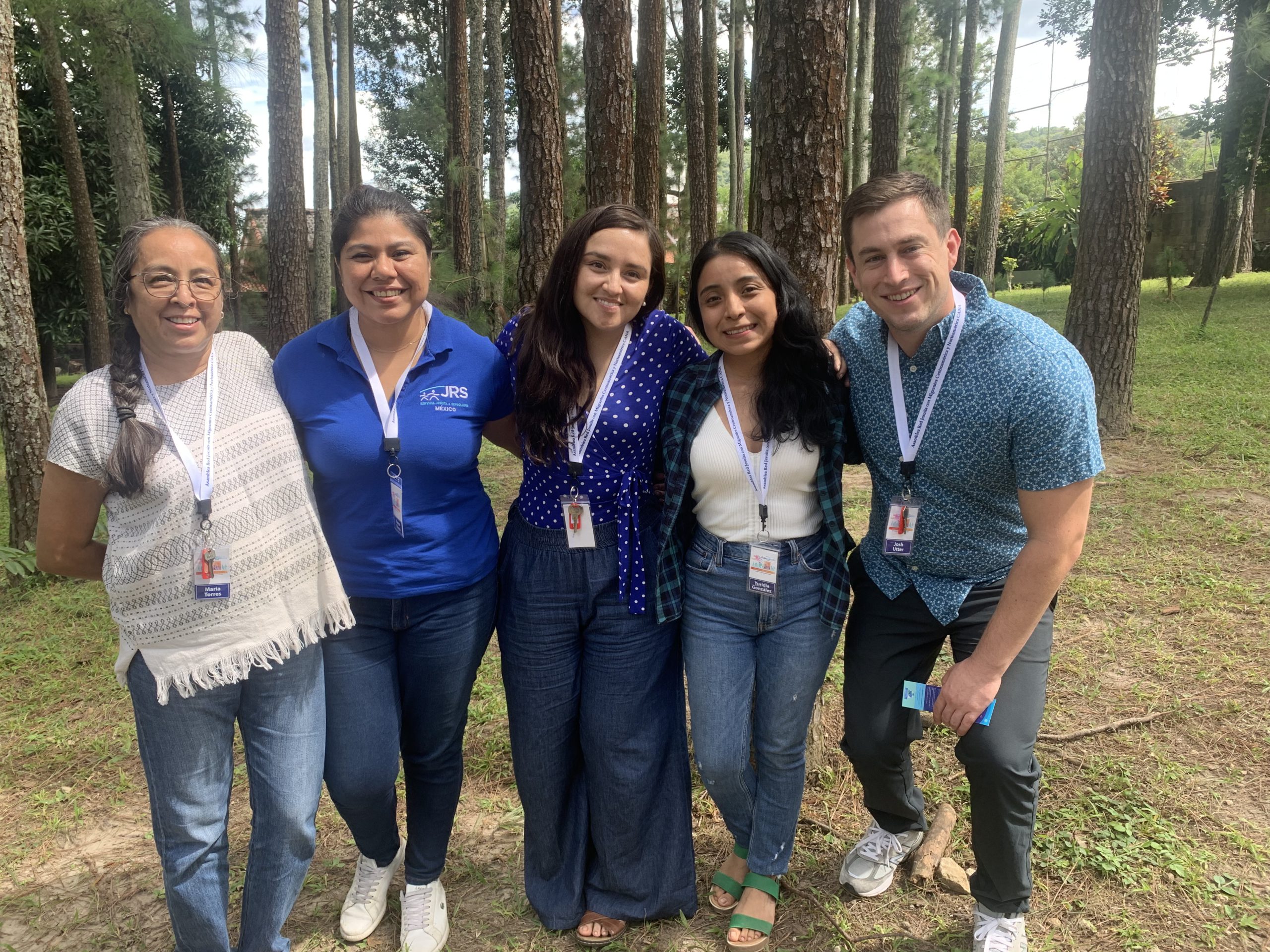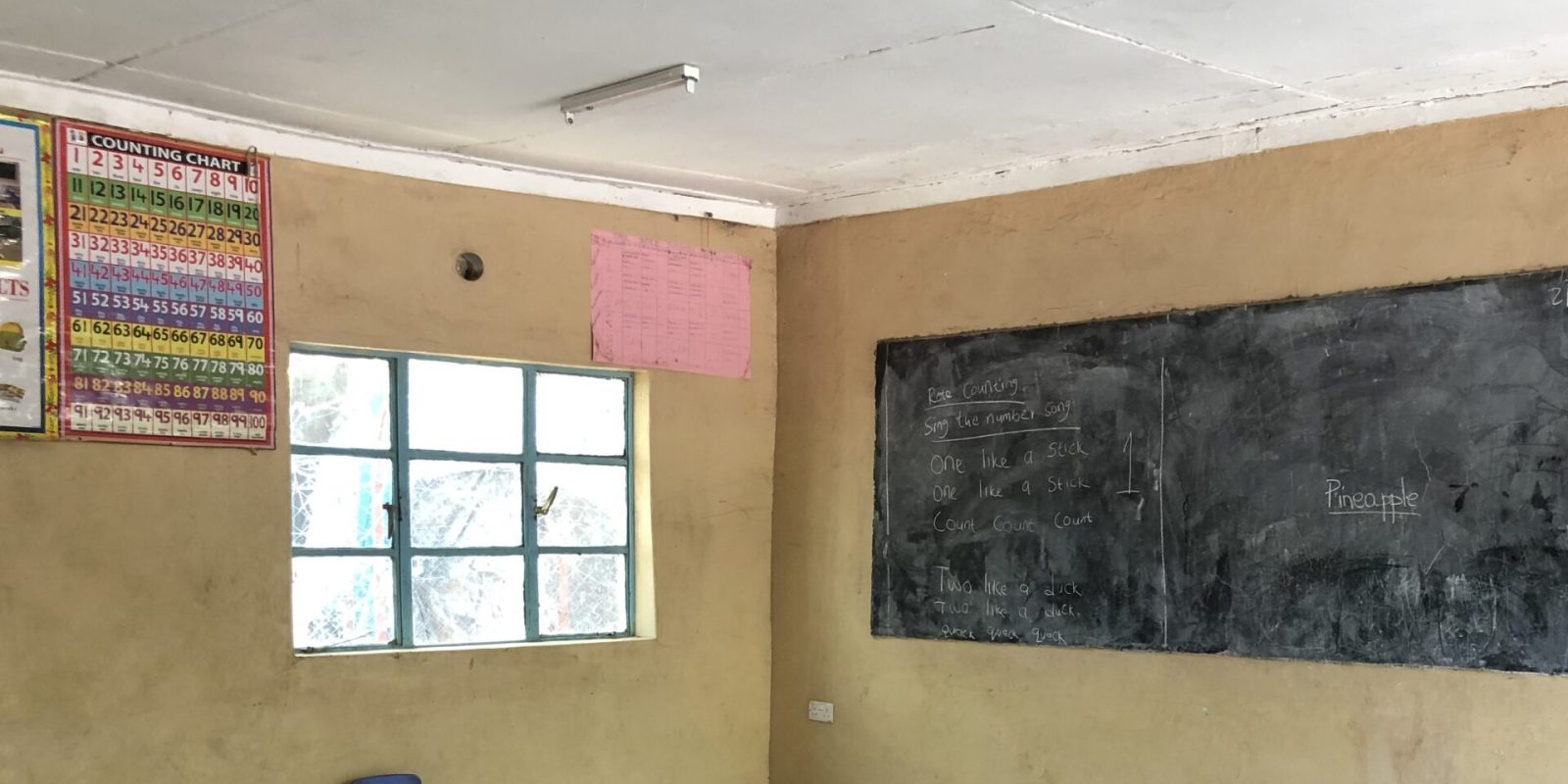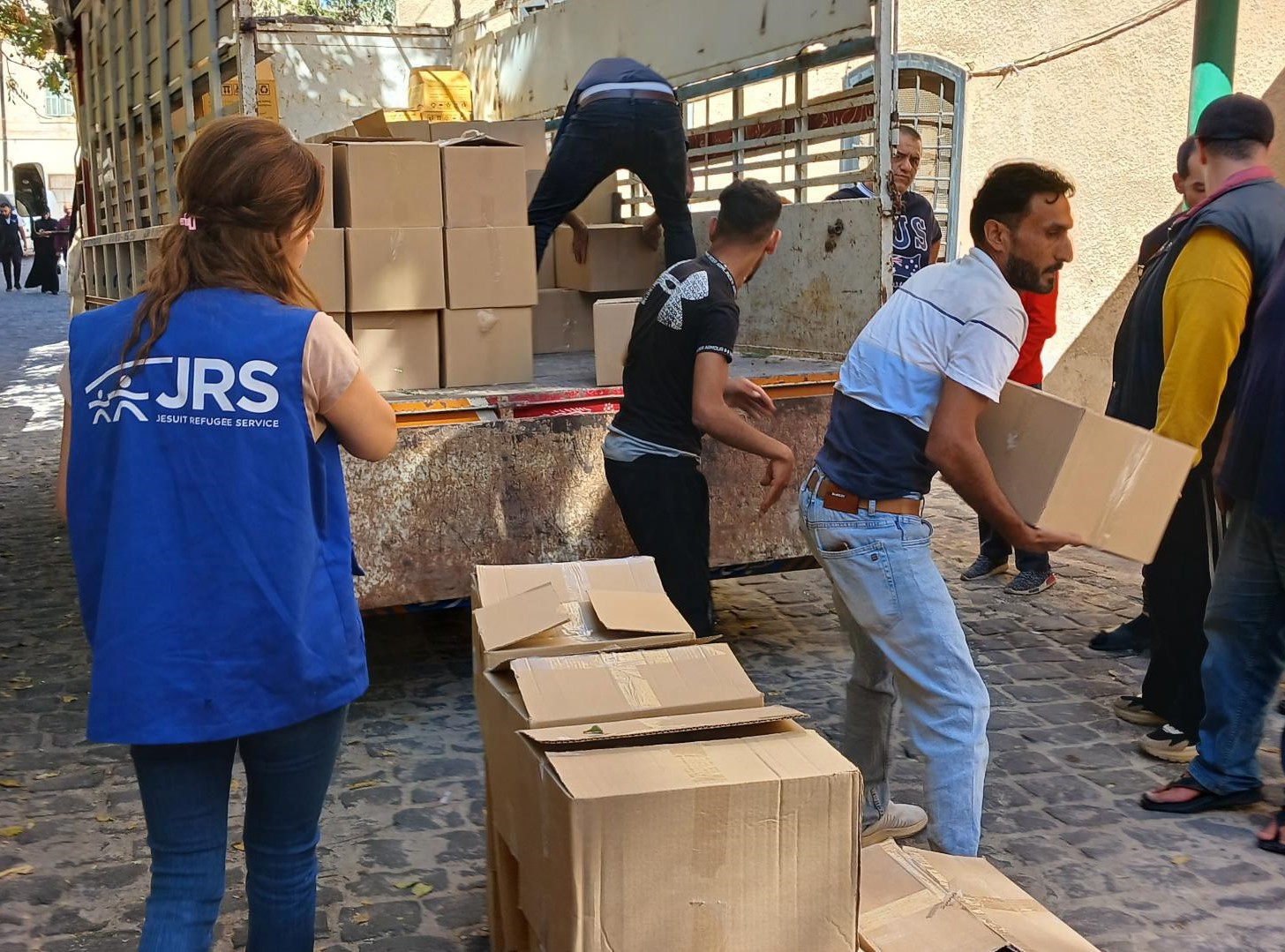Founded by President John F. Kennedy’s executive order in 1961, USAID was established to oversee the distribution of foreign assistance. The agency operates across 100 countries, maintaining an annual budget close to $30 billion aimed at addressing global challenges, from health crises to infrastructure needs. Yet, the agency’s connection to U.S. capitalism raises eyebrows, as its funding often transitions resources from developing nations to the pockets of American corporations.
This apparent duality suggests the U.S. government uses its soft power through USAID not only to alleviate poverty but also to create markets beneficial to U.S. businesses. According to Mark Green, USAID’s administrator, partnering with the private sector invites more significant financial investment, promoting sustainable development aimed at economic growth for all parties involved.
Many have pointed out the close working relationships USAID has developed with corporations like Dupont and Microsoft, which were contracted to execute various development programs. These partnerships have, at times, drawn criticism as critics highlight the lack of direct benefit to the local economies of target countries. Critics argue the agency is under the guise of humanitarian assistance, promoting U.S. interests at the cost of genuine development.
The agency’s pivot toward closer collaborations with the private sector began to take shape with the launch of its Global Development Alliance. This shift emphasizes innovation from market-led initiatives and positions USAID as both aid distributor and facilitator for new business ventures. The figure stands out: 80% of USAID’s funding is awarded to only 75 organizations, leaving just 6% for direct recipients, indicating the concentrated nature of financial assistance.
USAID’s initiatives have been historically controversial. For example, its engagement post-Hurricane Katrina and its role during Reconstruction efforts post-Iraq War saw mixed results, with numerous operational challenges and failures. Such examples raise concerns about the potential for exploitation masked under the banner of development.
Recently, several humanitarian organizations operating within Thailand, such as the Jesuit Refugee Service (JRS), have expressed alarm over cuts to USAID funding. The U.S. government under President Donald Trump announced these cuts, resulting directly from his administration’s “America First” policy and the broader goal to cut foreign aid. This cessation of funds has adversely affected thousands of individuals relying on various support services, particularly for refugees.
JRS reportedly had to cease its operations, impacting thousands of refugees who depended on assistance. Survivors of conflict, such as Afghan refugees like Jamila, articulated the hardships, struggling to cope under the abrupt loss of funding for food, housing, and health services. “Our lives feel like we are adrift at sea,” Jamila shared expressing her dismay over the situation.
Similarly, the Service Workers in Group Foundation (SWING) faced mounting challenges due to the reductions. This organization has played a pivotal role in HIV prevention and treatment. Surang Jantyaem, SWING’s director, remarked, “This affects the humanitarian fabric globally; it’s worse than war because it’s widespread.” With no alternative funding on the horizon, many organizations are left scrambling to identify resources to fill the gap left by USAID’s withdrawal.
Experts, including Dr. Panithan Wattanayakorn, have highlighted the broader political motivations driving USAID’s funding strategies. He posits, “The cuts indicate U.S. foreign policy shifts, thereby forcing countries like Thailand to reevaluate humanitarian policies and funding strategies.” Transitioning away from dependency on U.S. aid, nations may look toward regional partnerships and new sources of financing, including China.
The discussions around USAID funding are still developing, indicating potential for future instability within the local humanitarian sectors. The agency’s realignment has not only spawned challenges but also conversations about sustainability and resilience within these communities.
With continued scrutiny and debate on USAID’s funding practices, the question becomes: how can the agency effect change without obscuring the true beneficiaries of its mission? One thing is certain – the interplay between humanitarian efforts and corporate interests remains complex and often contentious.



